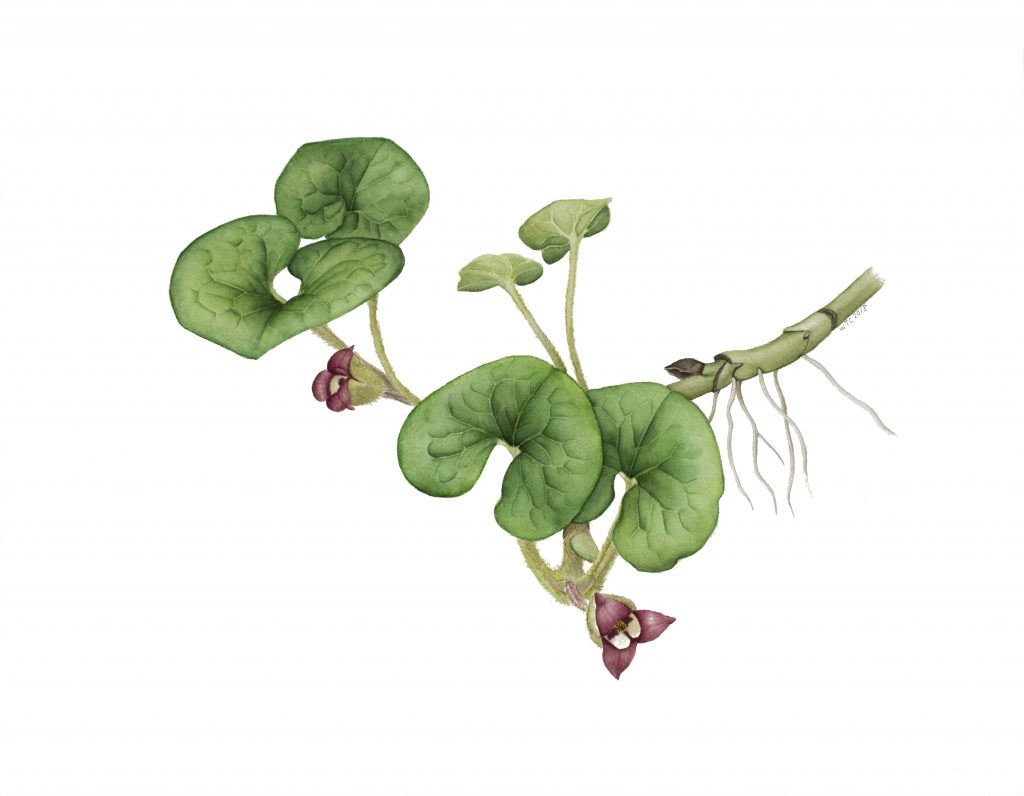Since the 1980s there has been a worldwide resurgence of interest in original botanical illustrations and botanical art not only for private art collections, but also for use in modern home décor, fabric design, and select stationery lines. When classifying human renderings of plant images, three main genres may be identified: botanical illustration, botanical art, and floral art. The first two genres may be considered as existing along a continuum, as illustrators and artists by varying degrees are challenged with trying to integrate the utilitarian scientific function of the image (identification, education, information) with aesthetic and visual considerations. This constant interplay between art and science is often what most appeals to many students who register for the NCBG Certificate Program in Botanical Illustration.
Conventional scientific botanical illustrations are usually created to accompany descriptive text, where the primary function of the image is to provide information and to “educate” the viewer. Although aesthetics may be of secondary importance here, the illustrator still has some freedom to implement visual considerations. Although the uncolored line drawing (pen-and-ink or graphite) provides the most clarity and detail, and is still the best way to describe newly discovered species, botanical illustrations may also be done in color (watercolor or colored pencil). Botanical illustrations have traditionally been used to illustrate botanical taxonomy articles, where a botanist or horticulturist often dictates which parts of the plant will be illustrated. The illustrator usually has access to live plants, pressed herbarium specimens, and a microscope for viewing plant structures, such as branching stigmas, leaf pubescence, or capsule chambers. The plant is traditionally measured and drawn on a 1:1 scale and placed on a white background.
In botanical art, the artist has more freedom to make personal visual choices, to draw the viewer in and evoke an emotional response. Although more emphasis may be placed on aesthetic considerations, the image, however, remains scientifically and botanically correct. The image is still represented on a 1:1 scale and is placed on a white background, favoring true color representation for identification purposes. A botanist examining the image should be able to identify the plant and find no anatomical inaccuracies.
In the third genre, floral art, the resulting plant image is created primarily for visual impact and is based on the artist’s personal impression of the plant rather than on any scientific or informational considerations. This genre, therefore, falls beyond the scope of the core courses of the North Carolina Botanical Garden’s Certificate Program.
